Drone for Studying Migratory Birds - Research Input
9 October 2024 4:55pm
24 February 2025 4:24am
Hi Melisa,
I have emailed you the project idea. Hope to hear from you soon. My email address is: Geometry Dash Lite jonathonreese0924@gmail.com
21 March 2025 3:25pm
Hi Nikita,
If you haven't already, I'd recommend reaching out to the folks at the Cornell Ornithology lab. They're really glued into all things bird. In particular, I remember seeing a presentation years ago about their project birdcasting, which was measuring bird migration via radar. One of their next steps was to connect small scale behavior to large scale movement data, and it sounds like your drone project could help fill that gap.
Cheers,
Brandon
What do you want to see from WILDLABS' social media?
25 February 2025 9:45pm
27 February 2025 4:10pm
@Frank_van_der_Most @WMXZ Thanks for the perspective! What we've done in the past is shared links to discussions happening on WILDLABS as a way to amplify their reach, and direct people to participate in the WILDLABS discussion thread if they have something to contribute. (Sort of like we did with amplifying the OSS/F&F callout for presenters or our digest recap posts.) I guess the thought is that someone on LinkedIn/Bluesky/other platforms might see us share a discussion thread through their social network and feel inspired to join in on the conversation and make an account.
27 February 2025 4:37pm
Thanks for your response, Alex! I would guess and hope the same, but do you have indications for what the effects actually are. I don't remember the registration form. Is there a question about how new members found the platform?
21 March 2025 1:27pm
I love the emails that lead me here.
Indigenous Groups Are Safeguarding Culture with Their Own ChatGPT | Atmos
21 March 2025 12:59pm
Sensors to Add to Avid Kayaker in Florida?
10 March 2025 12:13pm
21 March 2025 12:55pm
Love this idea! I have spent some time thinking about similar things and have built some rather expensive (~ $20K) pH and oxygen sensors to use on paddlecraft as well as much less expensive (~ $500) simpler devices for geolocated temperature measurement. Neither of these is readily available, but I do have a couple ideas for your friend if he is up for a little reading and exploring options:
- Check out the Testing the Waters site and paper (links below). Eric Compas and others used Atlas Scientific water quality instrumentation on a kayak.
- SciStarter.org might have some good ideas for kayak-based participatory science, even with just a mobile phone.
- Check out Blue Robotics hardware and forums (one example below). They make all sorts of cool fully packaged and OEM hardware for this sort of thing. I once saw a nice DIY surfboard + Blue Robotics echosounder project (can't find the link at the moment—sorry) which would be easy to adapt to kayaking.
Happy to chat more if any of these leads or related stuff is of interest (more of my contact info available at coast-lab.org).
Help im a noob but I work with seabed survey - Blue Robotics Products - Blue Robotics Community Forums
Hi, I have been thinking about a project i wanna build for some time. A special kind of survey boat. To do it i need a complete set up as the blueboat has with the long range directional antenna. But I will not be needi…
Subject: “Baa-bridge” – AI Sheep Stress Reduction, Seeking Genius Input!
20 February 2025 9:55pm
21 March 2025 12:18pm
I'm sure others here can comment better than I on models for classifying animal sounds, but from an ML pint of view, a key concern is getting enough data. 10 recordings does not sound like a lot (although how long are they?) and 1000 epochs does sound like a lot. It is very possible that your model is just learning to memorize the inputs, and that it will generalise poorly.
Postdoctoral fellow in AI for Ultrasonic Bioacoustic Monitoring
21 March 2025 10:36am
DC Climate Week
19 March 2025 4:06pm
Transfer learning with BirdNet for avian and non-avian detections
23 February 2025 12:18pm
10 March 2025 11:47am
Hi ,
We have been working on creating custom classifiers for frogs in India and have moderate success in this effort. Our workflow is simple - created around 100 3s snippets for each species class (tip: make sure you include only species specific calls obtained from the same PAM data and ensure a decent mix of good and medium quality sound files) in Raven Pro and ran the custom classifier in BirdNET GUI with the default settings. This gives out decent output - although the 'cocktail party problem' is a big issue in species rich regions like the tropics. Species that tend to call in chorus along with many other frog species are hard to be trained. We are currently looking out for solutions to address this. Would like to know how others are dealing with this issue as well.
Thanks
10 March 2025 5:40pm
Hi, ya'll! Yes, we've found that building custom classifiers on top of bird classifier embeddings (including BirdNET) often works very well!
We originally reported good performance on (frequency shifted) bats, anurans, and marine mammals. We've repeatedly seen good performance on real-world passive acoustic data, as well.
Alade Allen-Ankins recently has a paper applying birdnet embeddings to Australian anurans.
Kath, et al also recently used transfer learning from BirdNet embeddings to obtain a large improvement on Anuraset's baseline score. (F1-macro score improved from 0.378 in the original paper to 0.588 using transfer from bird embeddings.)
Our group should also have a new paper up shortly with practical suggestions for improving transfer learning even further. At the very least, transfer learning should provide a much faster way to collect and curate training data than direct human annotation. I highly recommend it as a first step on new problems: You will likely get a good-enough classifier for your needs very quickly, and if not, you'll produce a very useful dataset for further work much more quickly than direct annotation would allow.
19 March 2025 7:18am
Hi Danielle,
A friend of mine was having a fellowship at K Lisa Yang Center and she successfully built a classifier for Javan Slow Loris. So far I only heard she only made one for sonic call, not sure if it is possible for ultrasonics.
Citizen Science and Tech in the Global South: Research Inputs
19 March 2025 4:25am
Quality Assurance and Testing Recap
18 March 2025 5:50pm
18 March 2025 9:57pm
Great post! A very important topic. The one I would add is the importance of version control. Too much confusion comes when software versions are mismanaged. We have had plenty of issues in the past when project partners just make changes without any warning or notes! It makes testing a nightmare, wasting time and degrading quality.
Seeking Ornithologist Expertise on Quelea Bird Behavior
18 March 2025 6:20pm
BirdCLEF+ 2025: Resolviendo dudas, compartiendo ideas
18 March 2025 4:21pm
Drone Photogrammetry & GIS Introduction (Foundation) Course
 Sean Hill
and 1 more
Sean Hill
and 1 more
18 March 2025 12:47pm
IgotU
29 February 2024 2:12pm
19 April 2024 12:27pm
I'll find you some. Just organising all of our stock of these.
15 March 2025 4:22pm
Hi Nigel
I am interested! I am using it on free-ranging dogs and need units ASAP. It would be nice to have 120B or the version you're working on. A friend is in the US now and he could bring them to me in Brazil.
Thank you!
18 March 2025 9:48am
Hi Natalie,
Will you be able to recatch the animals or do you need remote download? How many loggers are you after?
Thanks
Nigel
mapmixture: An R package and web app for spatial visualisation of admixture and population structure
Postdoctoral Researcher Position in Passive Acoustic Monitoring
14 March 2025 1:41pm
GPS tacking tag for turtle doves - any recommendations?
11 August 2021 11:00pm
13 October 2021 6:13pm
Hi all! Just wanted to add in that @gracieermi and I maintain a conservation tech directory that includes all the tracking/telemetry companies we've come across so far - conservationtech.directory.
Currently listed doing a search of the directory -
Cellular Tracking Technologies - https://celltracktech.com/
Advanced Telemetry Systems (ATS) - https://atstrack.com/index.html
Ecotone Telemetry - http://www.ecotone-telemetry.com/index.php/en/oferta/obroze-telemetryczne
GPS Collars - https://www.gps-collars.com/
Lotek - https://www.lotek.com/
Microwave Telemetry - https://www.microwavetelemetry.com/
Milsar - https://milsar.com/
Technosmart Europe - https://www.technosmart.eu/
Telemetry Solutions - https://www.telemetrysolutions.com/
Telenax - https://telenax.com/
Telonics - https://www.telonics.com/index.php
Tigrinus - https://www.tigrinus.com.br/
Titley Scientific - https://www.titley-scientific.com/us/products/wildlife-tracking
Wildlife Computers - https://wildlifecomputers.com/
Xerius Tracking - http://www.xeriustracking.fr/
North Star - http://www.northstarst.com/
Migrate Tech - http://www.migratetech.co.uk/
e-obs GmbH - https://e-obs.de/
Africa Wildlife Tracking - https://awt.co.za/
Holohil - https://www.holohil.com/
Wildlife Materials - https://wildlifematerials.com/
Vectronic Aerospace/Vectronics - https://www.vectronic-aerospace.com/
Kiwi Track - https://kiwitrack.weebly.com/
6 January 2023 8:32pm
The solution with an ICARUS antenna on the ISS is on hold. It is planned that the GRACE-I will be the new satellite system to support the ICARUS:
GRACE-I is planned to be launched in 2027.
This mentions possible intermittent solutions:
How Icarus uses the ISS to collect animal data on Earth | Popular Science
A Max Planck Society-led project called Icarus will beam animal sensor data on Earth to a computer in space.
I am a bit puzzled there is no mentioning of GRACE-I on ICARUS' own website:
Homepage - Animal Sensors Website
Icarus uses satellite and miniature transmitter techniques to track animals around the globe. It will not only enable scientists to monitor animal migration, but also to gain more knowledge about the state of our planet.
14 March 2025 3:07am
Hello
I’m planning to buy new device for turtle dove to study migration patterns in middle east
So i need your help for the best device for this research
Thanks
Tendances et innovations dans la mobilisation de flux financiers durables pour la nature
13 March 2025 3:43pm
Tendencias e innovación en la movilización de flujos financieros sostenibles para la naturaleza
13 March 2025 3:41pm
Trends and Innovation in mobilization of sustainable financial flows for nature.
13 March 2025 3:38pm
New Argos Constellation
24 June 2024 4:12pm
11 March 2025 9:58pm
Hello Yvan, I work for Cellular Tracking Technologies now and out of the loop a little bit about CLS' activities. With that said, my suspicion is Summer(ish) 2025. (Maybe someone on the User Services team has better insight.)
12 March 2025 12:38pm
Oh, I hadn't noticed your new affiliation. I'll try to reach out to someone at Woods Hole Group-CLS.
13 March 2025 2:50pm
No worries Yvan - userservices @ woodsholegroup (dotcom)
Modern GIS: Moving from Desktop to Cloud
12 March 2025 7:10pm
Standard Threshold for "Habitat Use" in Avians?
7 March 2025 9:05pm
9 March 2025 7:47am
Is that not a statistical question and depending in the classification performance of the SW (Birdnet), which itself may depend on the species and the variability of the call?
I, myself, have no practical experience with Birdnet, but use a commercial product that derives from Birdnet and found in about 1000 days, for example, the following tail statistics (22 x 1), (12 x 2), (6 x 3), (5 x 4) bird detections. In total, 223 different species were classified, with black birds being on top with 149000 detections. Overall, there seems to be a nearly exponential decay of different bird detections, which to me shows a problem with NN-based classifications, as there seems to be no clean separation between 'signal' and 'noise', as one can find in traditional signal processing.
From these statistics (histogram) I would conclude that in the end there is no meaningful threshold, as there is no meaningful 'misclassification floor' that could be used to define a threshold.
Consequently, you may have to consider context, inspect every suspect snippet and let human decide.
11 March 2025 2:44pm
Hey Cortney, this is such a good question!
First off - I'd be very careful about interpreting the number of BirdNET detections of a species as a vocalization index for that species. For example, let's say a recorder captures a lot of Species A, which sounds like Species B, but Species B isn't present at that site. You will often find that BirdNET (or any other sound ID model) reports many detections for Species B and Species A, making it seem like both species are present. So, the number of detections of a species at a site isn't necessarily a more reliable indicator of species presence at that site.
One alternative to consider would be to verify species presence at each site and each day, then use the number of days that species was present as a threshold for habitat use. What threshold to use depends on the species - we've used three consecutive days of presence for some songbirds, for instance.
You could also remove dates when the species is expected solely to be migratory. However, this can get tricky... For example, I've observed that Cerulean Warblers that breed at a particular site will arrive there a week or two before migrants pass through at nearby non-breeding migration hotspots.
Doing a day-by-day analysis of presence enables you to more easily check machine learning detections than if you were checking for the number of detections for each species. You can verify the presence of the species at each site and day by listening to the highest-scoring clips for each day for each species.
If you have 18 days of recording * 12 sites and you listen to the top 5 highest-scoring clips per species and day, that's a maximum of 1,000 five-second clips per species. In my experience, reviewing that amount of clips takes me only a few hours using a Jupyter notebook like this one:
bioacoustics-cookbook/tdl-notebook at main · kitzeslab/bioacoustics-cookbook · GitHub
Jupyter Notebooks for interactive review and annotation of audio files - bioacoustics-cookbook/tdl-notebook at main · kitzeslab/bioacoustics-cookbook
12 March 2025 5:43pm
Thank you so much! This is super helpful and I really appreciate the feedback!
DIY using SDR connected to a smartphone as a radio telemetry receiver
2 October 2024 5:53am
3 March 2025 2:03am
I'm also interested! I've been prepping to use andorids connected to rtl-sdr's and antennas to monitor animals in stationary roosts, but a Raspberry pi would be better as they can save battery life by only turning on ocassionally, and potentially recording the pulse rate of the VHR signal.
12 March 2025 5:00am
@RobinRowland Your project sounds really interesting too! could you share more?
12 March 2025 5:30pm
Hallo. Maybe this software can help you? It is also executable on RPi. I used it some time ago for the same reason and it worked well. Greetings Karl
OpenWebRX web-based software defined radio | Homepage
OpenWebRX web-based software defined radio receiver, remote HF spectrum monitoring with a wide variety of demodulators.
Catch Up With The Variety Hour: March 2025
12 March 2025 5:07pm






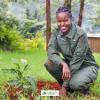

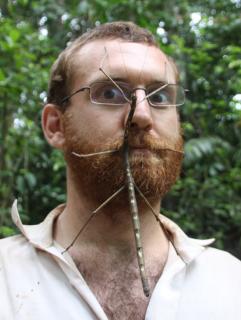
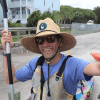






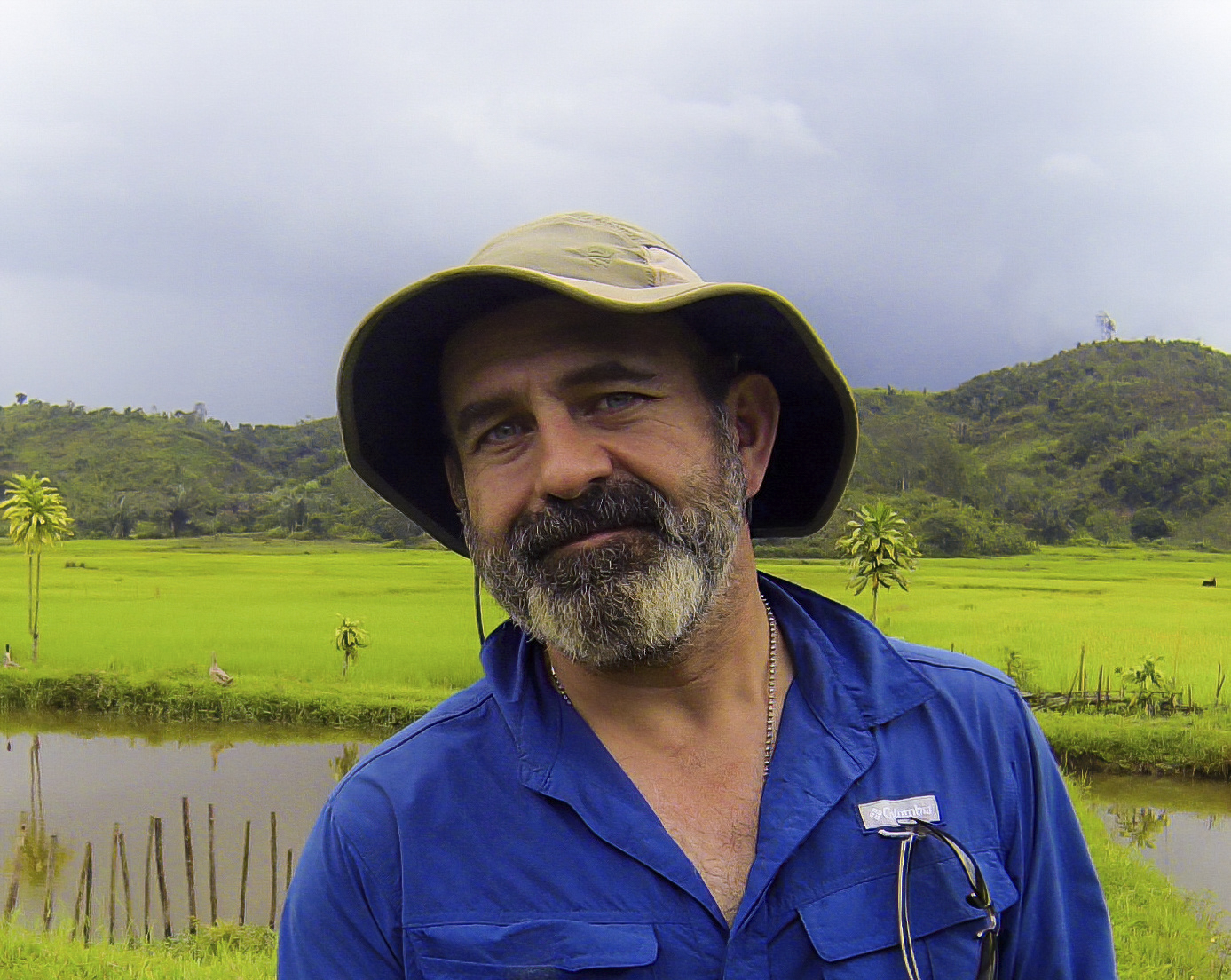

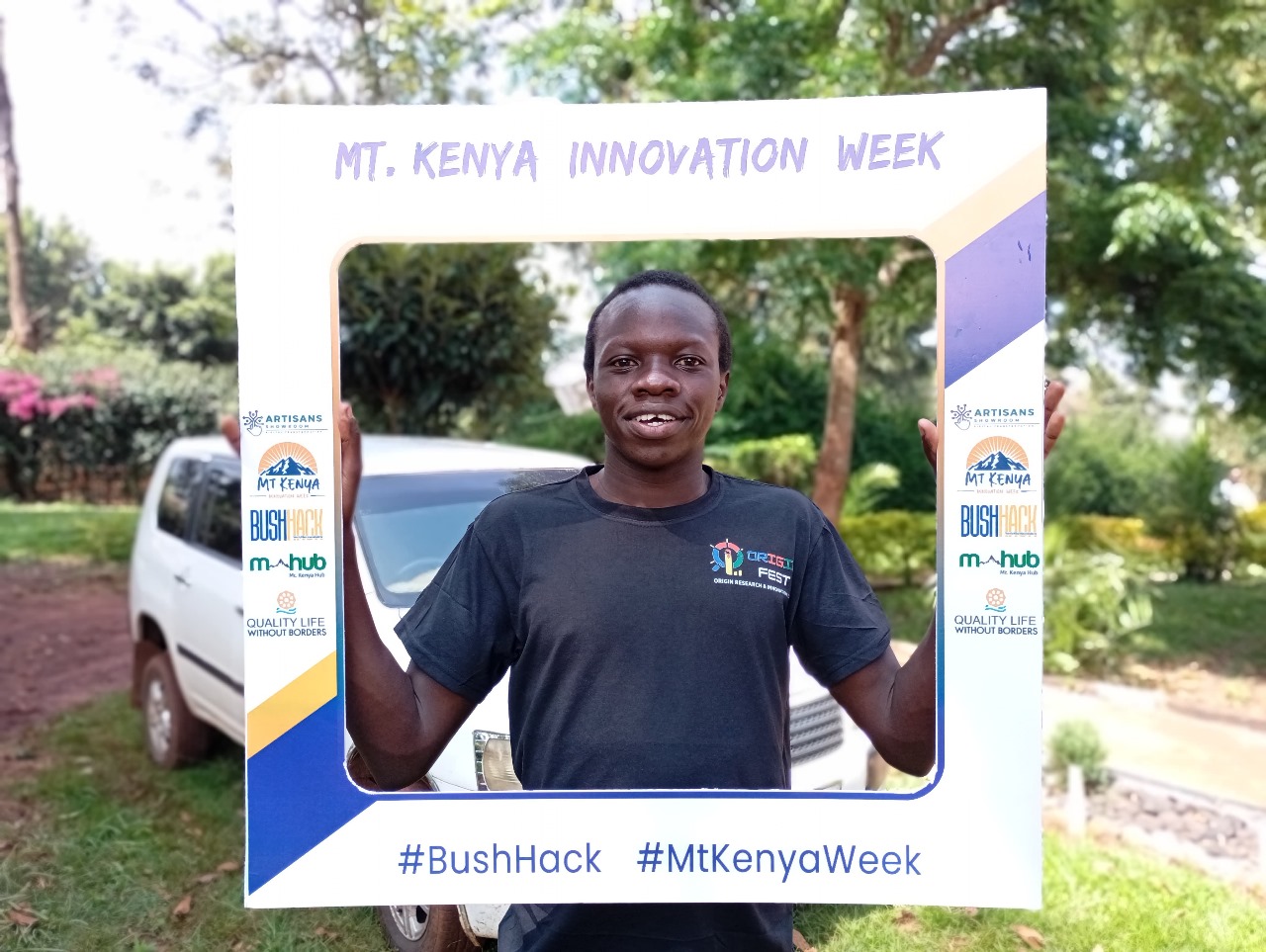
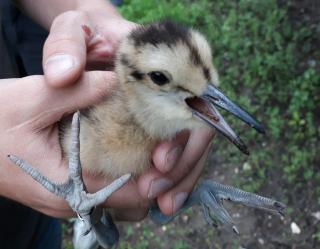
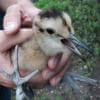

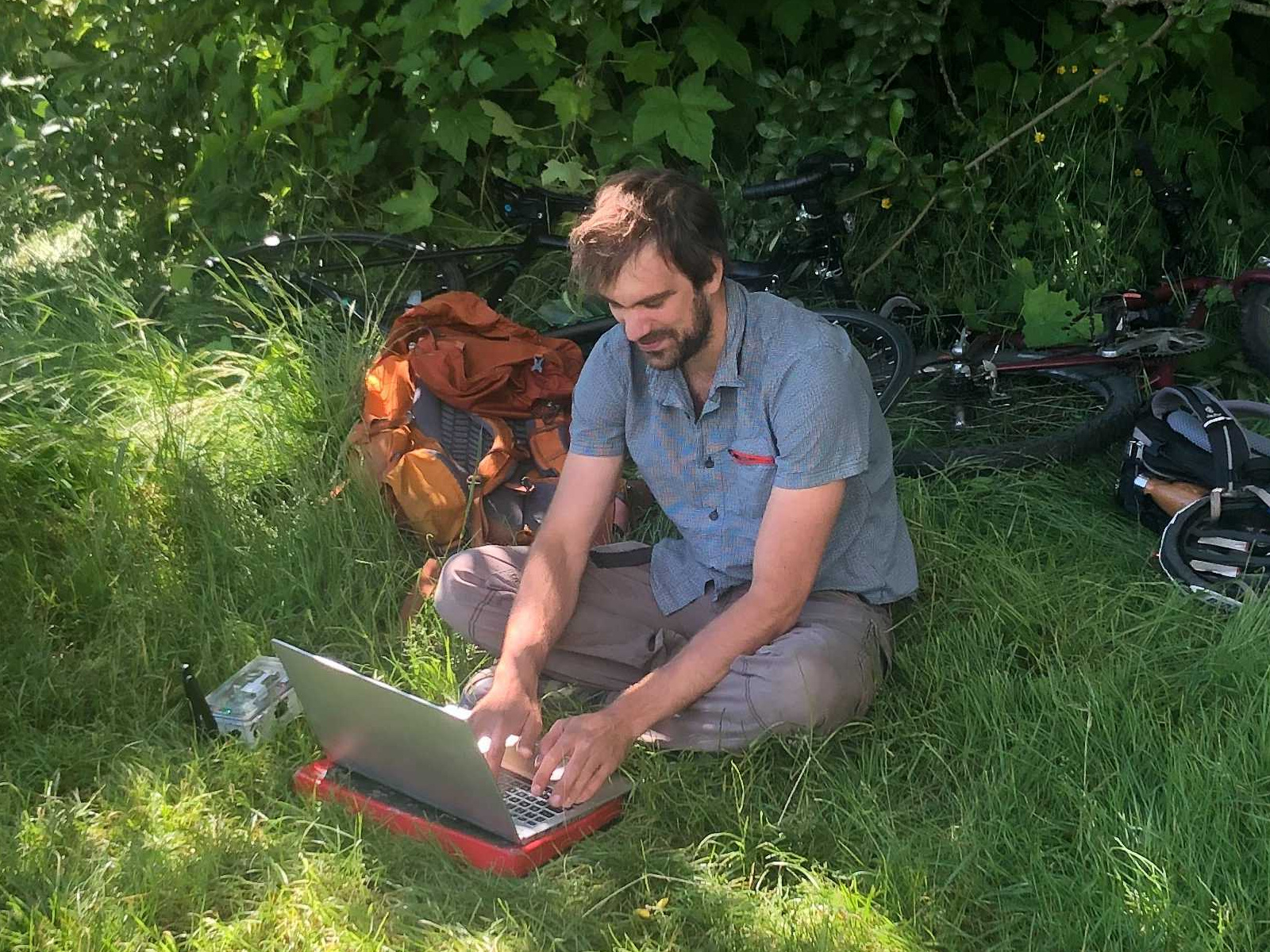








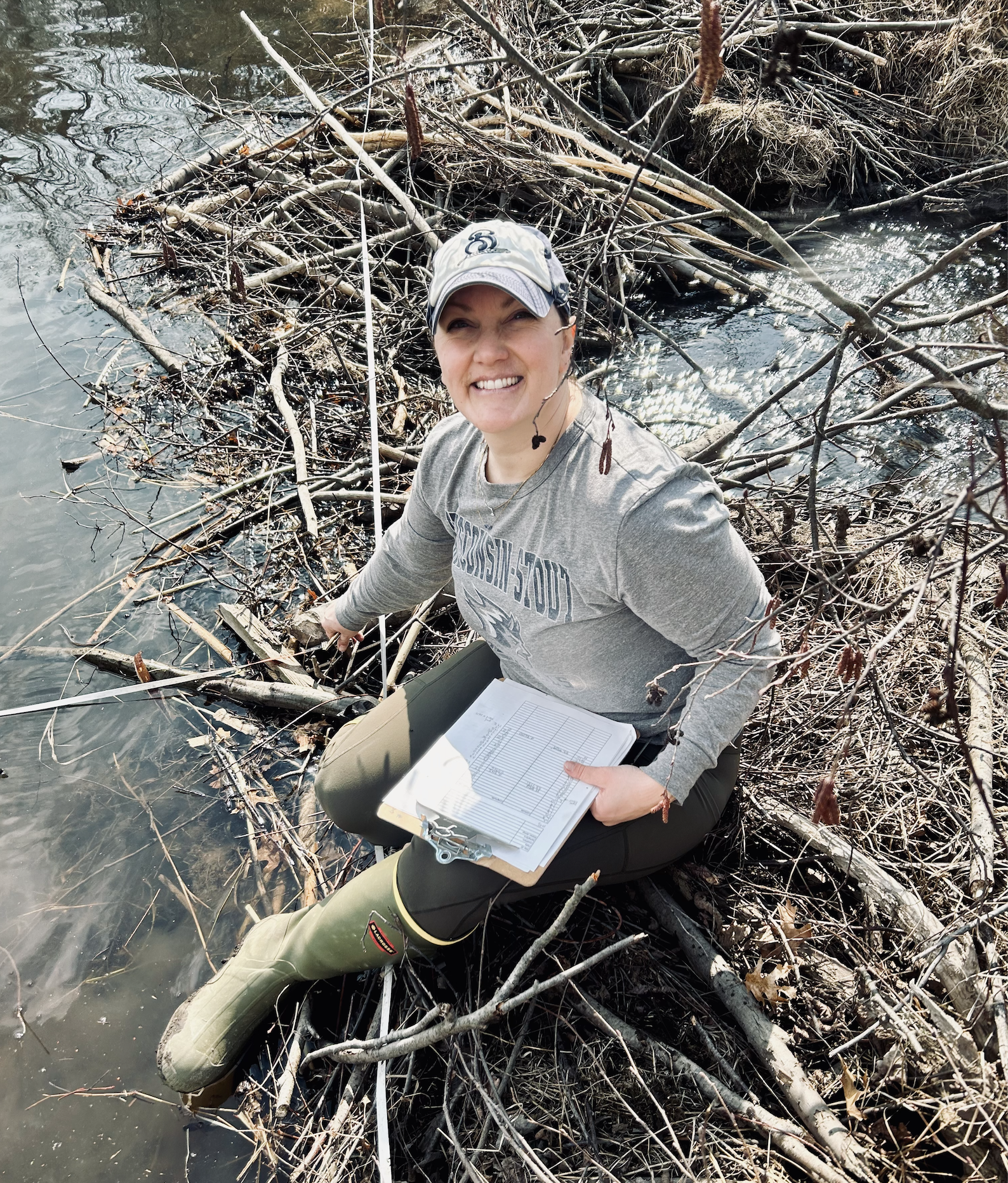
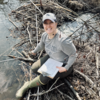

18 February 2025 10:42pm
Hi! I would be interested to learn more about your project. Would you send me your contact email? Mine is melisa.simic@nuveen.com - We are infrastructure investors globally working with both clean energy and diversified infra assets.
Thanks, Melisa